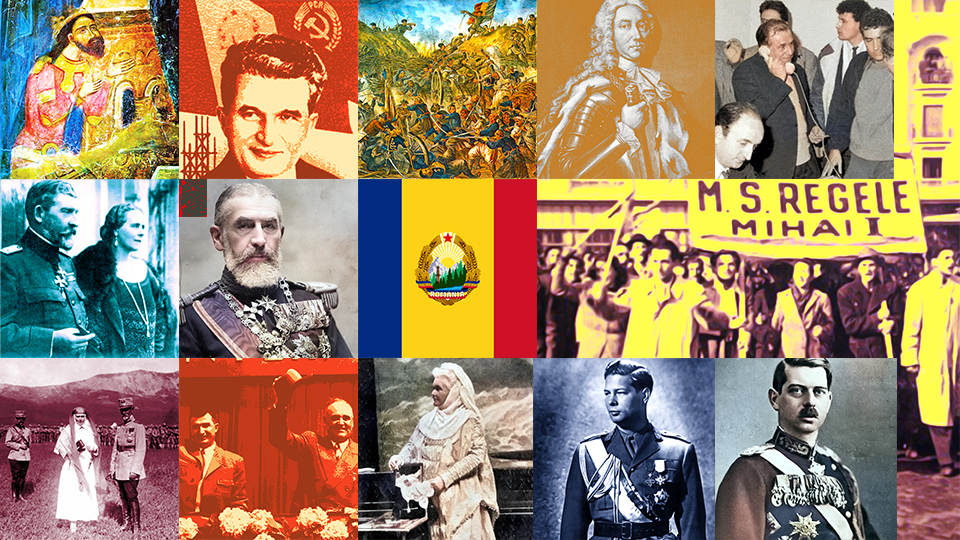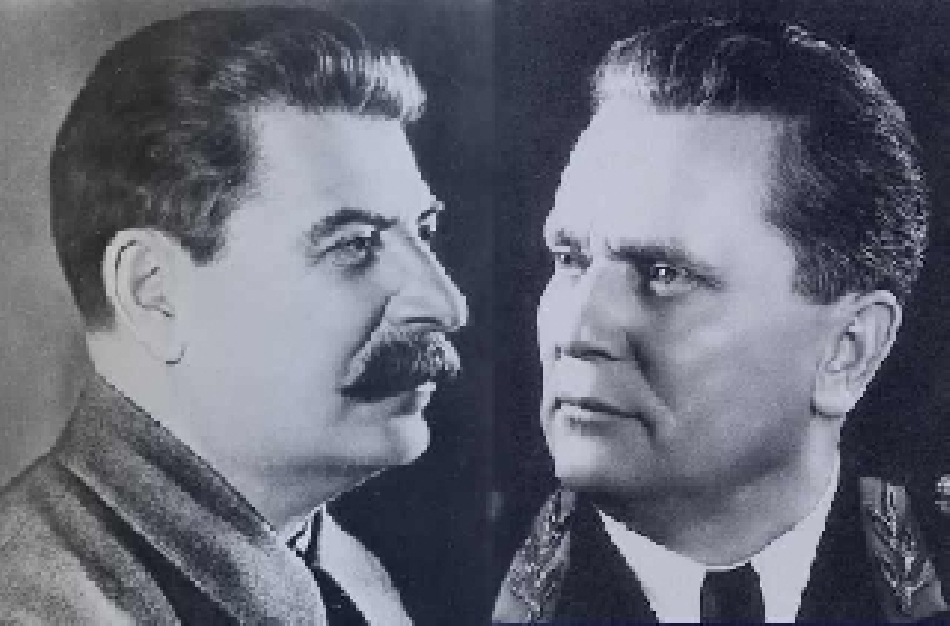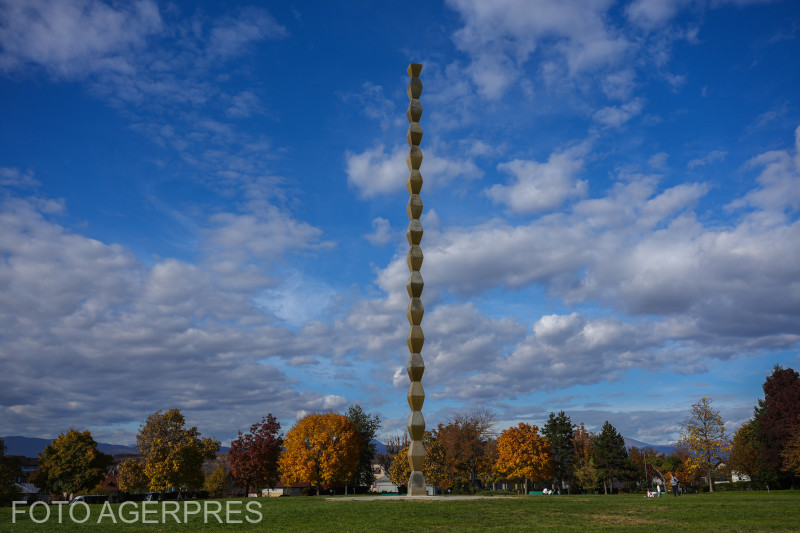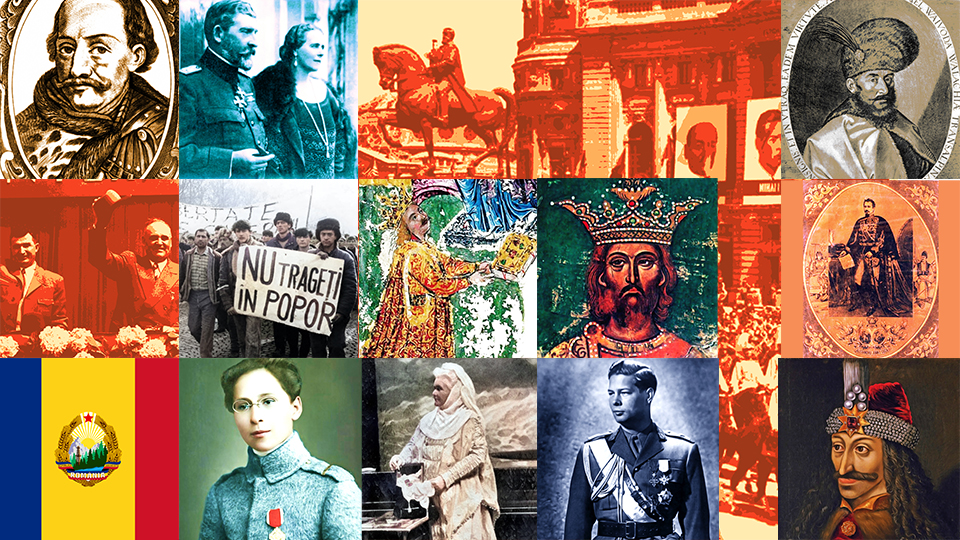Archery in the history of the Romanian principalities
The bow is one of the oldest weapons in the history of mankind, in hunting and combat alike.

Steliu Lambru, 08.08.2016, 12:01
The bow is one of the oldest weapons
in the history of mankind, in hunting and combat alike. Regular armies have
used specialised troops of bowmen to win battles. The bow was mainly an Eastern
weapon, but Western bowmen also gained renown, such as the English.
In the Romanian space, the bow has been
mentioned in historical records ever since the ancient era, by Greek writers,
who wrote that the sky darkened when the Dacians shot their arrows in devotion
to their gods. In the Middle Ages, bows were used for both war and hunting in
the areas inhabited by Romanians, as they were in the rest of Europe.
Wallachian and Moldavian bowmen were considered among the best and took part in
several battles alongside their allies. In 1410, the Moldavian prince Alexandru
cel Bun sent 400 Moldavian archers who fought alongside the Polish-Lithuanian
army against the Teutonic knights in the battle of Grunwald. In that same
campaign, 800 Moldavian archers took part in the 1410 battle of Marienburg
between the Polish-Lithuanian forces and the Teutons, which the former won.
Military historians and archaeologists have
tried to reconstruct the way the bow was used in the Middle Ages. Historian
Alexandru Matei, who is also a bow instructor, believes the style of bow
shooting indicates the cultural area where bowmen came from:
Depending on the style of shooting, of
grasping the string, we can distinguish between the western and the eastern
areas, which includes the Arabian, Persian, Turkish, Byzantine, Chinese,
Manchurian, Korean and Japanese. Typical of the Mediterranean area is the
classic draw, using two or three fingers, for a simple bow. The latter style
involves the use of a thumb ring. According to some documents, Wallachian and
Moldavian archers used Tartar bows. These are small bows and it’s possible they
may have been drawn using three fingers. The thumb ring draw is an older type
of draw. They used this technique in the Scythian, the Asian area. There is a
good possibility that Romanians used the thumb ring draw before the arrival of
the Mongols. In Transylvania, the three-finger draw may have been used and that
bows were both longbows and smaller Tartar bows. All Wallachian and Moldavian
noblemen used bows, there were no special bowman troops as such. Archery was
for horseback riding, so many riders were also bowmen. All noblemen knew how to
shoot a bow. The Romanian armies relied on archers, with the Moldavian archers
being used as mercenaries in the 1410 battle of Grunwald.
Archaeological sites reveal the method of using
bows and arrows. Many times, however, objects found there were not interpreted
properly in terms of their purpose. Historian Alexandru Matei explains:
There aren’t many sources for the history of
bow drawing. Historians don’t necessarily think of the type of bow and arrow
used, but of the type of drawing. Thumb rings were found, conical or round, and
of other geometric shapes, but were interpreted as jewellery. 10 years ago,
when ring drawing was rediscovered, many historians have started to re-evaluate
the drawing system, but have not managed to document it precisely. There are
rings in museums, but they are not considered bow rings.
Bowmen had a poor reputation among soldiers as
being cowards. When captured, they were spotted by the marks on their fingers,
which sometimes were cut. Here is Alexandru Matei again:
Historian Nicolae Iorga said the bow was the
most feared weapon of the Wallachians. In the Western Christian tradition, the
bow was the devil’s weapon. It was honourable to fight face to face, with a
sword. The bow was the weapon of cowards, of the devil. Saint John of Damascus
tells the tale of an icon of Saint Theodore being shot with arrows by pagans.
This is one of the probable sources of the bow being considered the devil’s
weapon, even though Byzantine emperor Leon VI complained of the fact that the
Byzantines didn’t know how to use a bow and should learn that in order to fight
more efficiently against the Persians and the Arabs.
The bow had competition, namely from the
crossbow. It needed craftsmen to build it and repair it, and it was harder to
use. The bow was superseded by firearms, including in hunting. Today, archery
is an object of passion for collectors of traditional weapons, as well as for
athletes and amateurs.






























